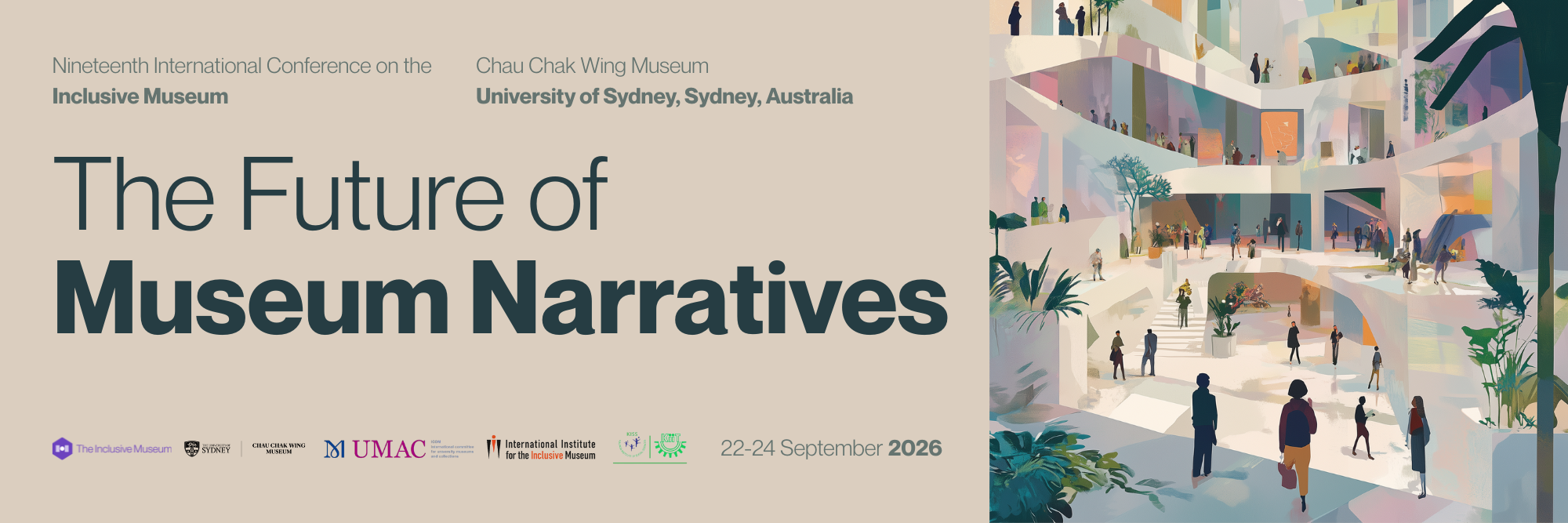Abstract
Las Vegas, NV, has undeniably served as the entertainment capital of the world for over a hundred years. The city embodies hospitality and playfulness, and while some may argue that true “culture” does not exist within its borders, I contend that it is present and abundant, just as it is in any other U.S. city. However, it must be appreciated in less obvious forms. One unique aspect of this culture is Las Vegas’ connection to its neon-adorned marquee signage. The concentrated collection of these signs along the five-mile stretch of the Strip creates an indescribable level of illumination—it is truly electrifying. The Neon Museum, established in 1996, serves as a “retirement” home for out-of-service iconic signage from many of the city’s former casinos and businesses. Here, hundreds of once operational neon signs are curatorially displayed to live in their original glory on a roughly two-acre outdoor lot at the north end of the famous Las Vegas Boulevard. Recently, the museum has expressed a need to expand in order to accommodate additional signage and introduce more dynamic indoor museum space. Supporting the colorful vision of the Neon Museum, our advanced academic design studio aims to research and document the rich history of Las Vegas to ultimately craft successful design solutions complete with unique and innovative programmatic value for the museum’s expansion. Additionally, it presents an opportunity to explore “edutainment” design in a city where anything can happen, and where design has a unique and colorful language.
Presenters
Torrey TracyAssistant Professor, Interior Architecture and Design, Fay Jones School of Architecture and Design, Arkansas, United States
Details
Presentation Type
Paper Presentation in a Themed Session
Theme
KEYWORDS
Las Vegas, Neon, Boneyard, Culture

